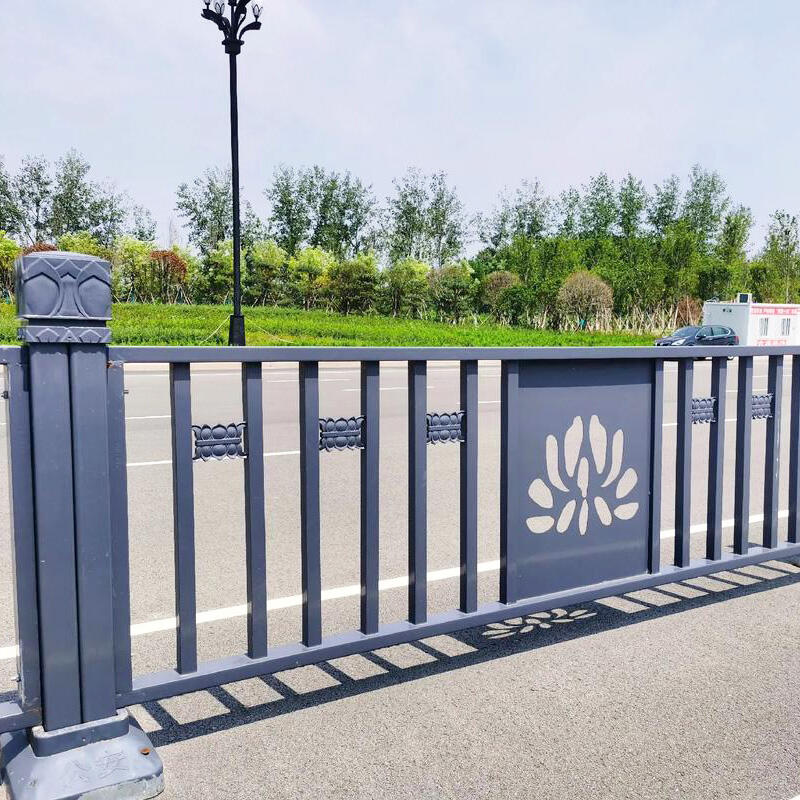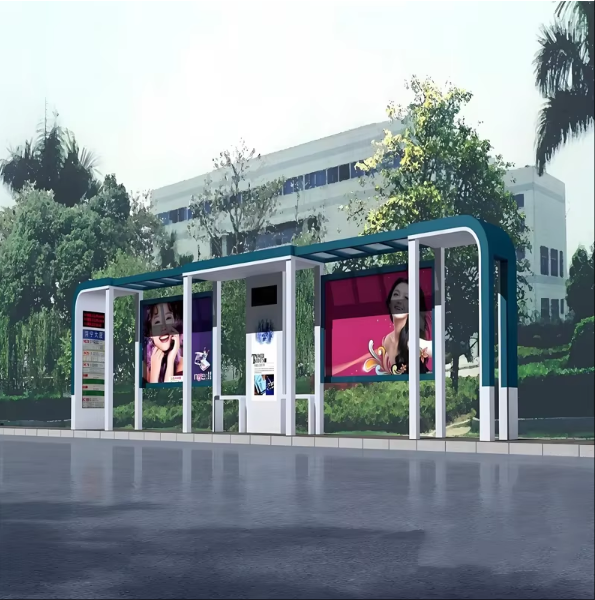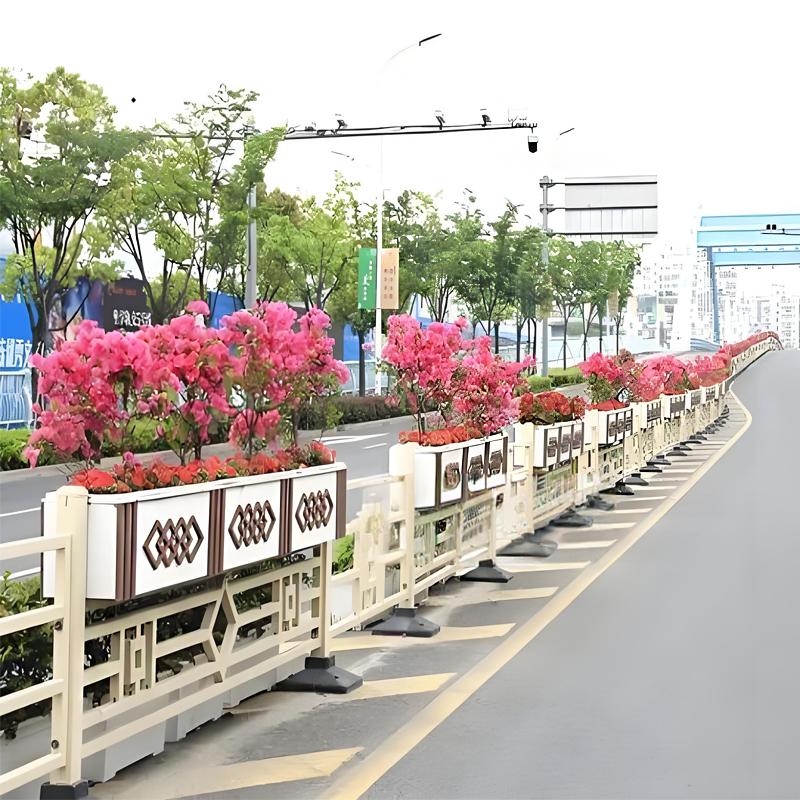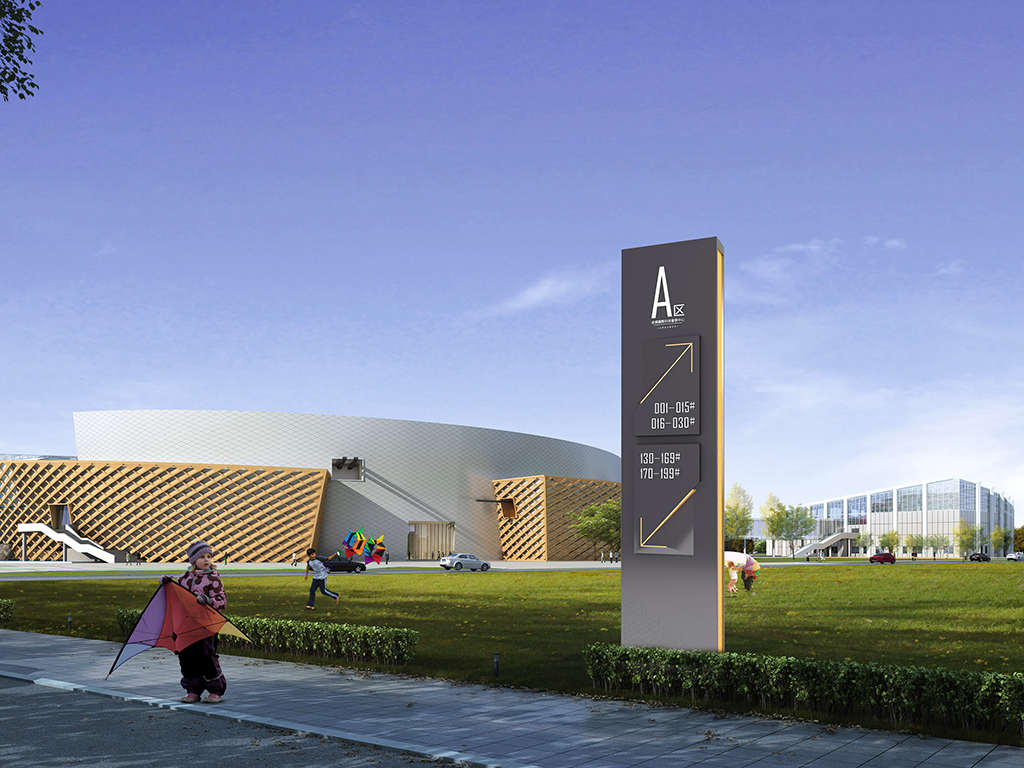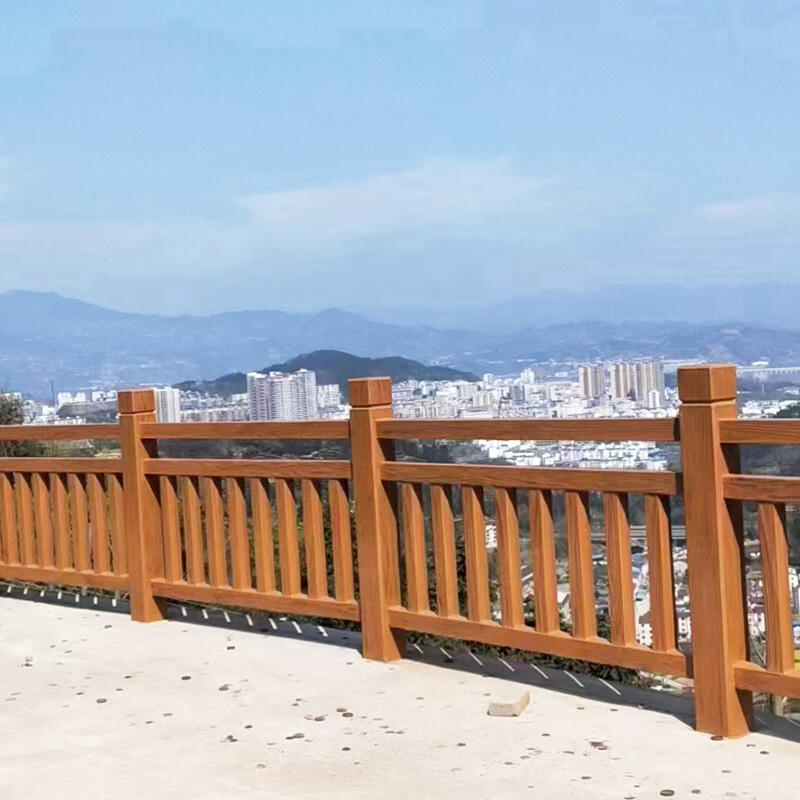The Role of Scenic Area Signs in Promoting Local Tourism
In today's tough society marked with great competition, even in the tourism industry, sign aids in communiques with potential visitors and guides them to the areas of interest. Information signs and guide boards within scenic regions are crucial in advertising a local destination to visitors as they provide information, improve tourist interaction and emphasize the special features of a certain area. In this article, the role of these signs will be exposed, their contribution towards the growth of local tourism will be discussed, and their recommended way of presenting them will be explained as well.
The Use Of Scenic Area Signs
Scenic area signs represent the initial and instinctive interfacing need of a tourist when he has just arrived in the new country or is more interested in visiting a new city. Relating to numerous points of interests and contact places, these signs explain the place of attractions, provide hints to focus on certain directions, and ensure the visitors are familiar with general regulations and policies. By identifying areas of focus with words and images, these signs help to inform tourists as well as promote the culture and natural beauty of the area at the same time. This is important because it optimizes the total experience of the visitor since there will be minimal chance of the tourists getting lost in an unfamiliar place that has many informative sign posts.
Encouraging Visitor Interaction
The engagement of visitors is one of the most important functions of the scenic area signs. The visitors are likely to be captivated by well-placed signage and maybe curious enough to venture further. Interpretive signs explaining the history of the site or some facts about it can also make the visitor appreciate the site even more. This interaction is very important in the process of building relationships between the visitors and the local culture, and eventually, results in longer visits and high expenditure in the area.
Encouraging Local Enterprises
Scenic area signs also have an impact in marketing local enterprises. When such signs indicate locations of restaurants, shops and other attractions, potential customers can be directed toward those places. This is good for both the businesses and the tourists, availing to them and increasing their chances to utilize local services and hence boost the local economy. As such, embedding business promotion within the scenic area signs can be beneficial to both tourists and local business people.
Creating Effective and Appealing Scenic Area Signs
To enhance the scenic area signs https://www.unl.edu.pl/efficiency-communication-en/what-is-a-sign.html/, a number of design best practices ought to be used. First of all, it’s important that communication is not a problem. This implies that signs should be readable fonts of an adequate pointing size, with adequate contrasting colors to enhance the visibility as far distance as it can be. In addition, using solid, clear symbols or images makes it easier to convey certain messages to people of diverse language. In addition, arrows on the signboards should be aimed in the correct direction from the critical point of the decision-making process to ensure that tourists do not overlook any sights. برجسته کردن جاذبههای توریستی
How Concept and Scope of Heralding Signs in Tourists’ Activities Will Change in Future?
With the advancement of technology, new possibilities for scenic area signs are likely to be introduced. Information about the sights on-site can be provided through interactive kiosks or via augmented reality, and thus improve the impression of the visitor. Even, the materials used for constructing the signs are also gaining interest due to the fact that this is particularly relevant for the concept of modern tourism environment and its practice. Staying ahead of these trends makes it possible for tourist areas to be able to keep their stunning area signs useful.
To sum up, scenic area perimeter signs are instrumental as marketing tools while also serving a practical purpose in directional tasks and offering knowledge about the area to tourists and businesses. Governments and tourism boards can engage in the creation of strategically placed landscape advertising that improves the image of the area, its economy and allows to make tourism business in a region sustainable. As the times change, so do the strategies and future of scenic area signage will include new approaches alongside paradise into showcasing and marketing shag.


